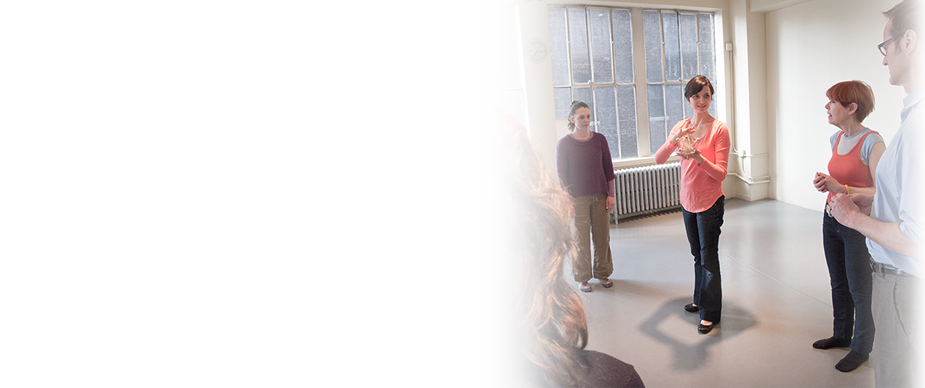What's Worse than Slouching? Trying to "fix" your posture
/When you think of poor posture, do you think of slouching? It's what we tend to notice and it's what most folks want to fix.
If you try to fix slouching by pulling your shoulders back and lifting your chest all day...then you're just creating another postural problem that could lead to more tension and back pain. The posture "quick fix" doesn't really fix poor posture and may even be worse than slouching.
If you spend a lot of your day sitting at a desk, looking at a screen, your head neck and shoulders might get locked into a slump, all triggered by the way you're positioning yourself for hours on end to look at the screen and to reach for the keyboard and mouse.
If you were doing more things during the day that required looking and reaching in other directions, changing positons often, and having to be more aware of what was going on all around you, your posture would probably be different. You might have more mobility in the shoulders, neck and back without having to try to pull them into a another position to try to have good posture...that just feels tense. Good posture could actually feel relaxed and balanced.
Variety of movement, awareness of your body, and changing where you put your focus can all help. Here are some simple ways to start changing that, particularly if you're working from home or spending more time than usual at home.
1 - Shift your workspace - If you always work in the same space, find 2 or 3 spaces that you can work in. Put a laptop on a counter top and spend part of the day standing. If you're on the couch all the time, set yourself up at a table. You don't have to give up the couch, just mix it up. And here's a tip for your desk chair and your couch...Try placing a pillow behind your back.
2 - Take breaks and vary your movement (and clean your home at the same time) - Reorganize your kitchen, bookcases, closet...not only will you tidy up your home, but you'll have an opportunity to reach and squat. Everyday household tasks can be used as a work break to help you vary your movement. Favor more frequent work breaks to avoid long uninterrupted periods looking at the screen.
3 - Shift your attention - Listen to sounds in your home or outside to keep your focus from being 100% on the screen, your dishes, or whatever you happen to be focusing on.
4 - Improve your body awareness - The easiest way to start is often with the feet. Notice the feeling of your feet on the floor when you're standing or sitting. Notice what parts of your feet contact the floor the most.
5 - Reset - Lie on the floor in the semi-suppine position (knees up, feet flat) with your head supported by a rolled up towel or some books. This is a great daily practice for helping to let go of tension in the neck, back, and shoulders. Here's an audio guide that you can try on my website to guide you through it.
Interested in learning more and getting personalized instruction? I'm currently offering 1:1 virutal sessons as well as group classes.

